YouTube has over 2 billion monthly active users. That’s not just a number, it’s a global audience waiting to watch, learn, and engage. You don’t need to be a celebrity or a viral sensation to earn money here.
With the right approach, even a beginner with a phone camera and a simple idea can start building an income stream.
But let’s be honest – starting a YouTube channel can feel overwhelming. You might wonder:
- Do I need 1,000 subscribers to make money?
- How many views actually translate to earnings?
- What if I’m just filming in my living room?
The truth? You don’t need perfection to start. Most successful creators began exactly where you are now. The difference is knowing which steps matter (and which myths to ignore).
This guide cuts through the noise. We’ll cover:
- Real ways to earn money before hitting YouTube’s Partner Program requirements.
- Practical strategies to grow subscribers and views without fancy gear.
- Avoidable mistakes that stall most beginners (like obsessing over video quality instead of consistency).
- What actually works for monetization – spoiler: ads are just the tip of the iceberg.
No fluff, no unrealistic promises. These are just actionable steps to turn your channel into a side hustle or even a full-time job.
Ready? Let’s break it down!
How Do You Make Money on YouTube? (Monetization Methods)
There are many ways to make money on YouTube. In this part, we will show you 5 proven ways to monetize your YouTube channel. They are –
- YouTube Partner Program
- Sponsorships and Brand Deals
- Affiliate Marketing
- Selling Products
- Repurposing Content
Now let’s get into the details!
01. YouTube Partner Program (Ad Revenue)
This is YouTube’s official way to let creators earn money by showing ads on their videos. Think of it like renting ad space on your content – companies pay YouTube to run ads, and YouTube shares a portion of that money with you.
How to qualify:
You need two things:
- 1,000 subscribers (people who follow your channel).
- 4,000 valid watch hours in the past year (about 240,000 minutes of total viewing time).
- For Shorts creators: If you focus on vertical videos under 60 seconds, you’ll need 10 million Shorts views in 90 days instead of watch hours.
Once approved, YouTube places ads on your videos automatically. You don’t pick the ads – YouTube handles that.
You earn money based on:
- How many people see or click the ads (not just video views).
- Ad types: Skippable ads (viewers can skip after 5 seconds), non-skippable ads (15–20 seconds), or banner ads.
- Your audience’s location and interests (e.g., tech ads pay more than generic ones).
02. Sponsorships & Brand Deals
Sponsorships and brand deals are partnerships where companies pay you to feature or promote their product, service, or brand in your YouTube videos. It’s like a paid collaboration – you create content that includes the brand, and they compensate you for the exposure.
How it works:
- Agreement: A brand contacts you (or you pitch to them) to collaborate. This can happen via email, social media, or platforms like LinkedIn.
- Terms: You negotiate details, such as:
- Payment: A fixed fee (e.g., $500 for a 90-second mention) or commission-based pay (e.g., 10% of sales from your promo code).
- Content: How the product will be featured (e.g., demo, review, or subtle placement).
- Timeline: When the video will go live and how long the promotion lasts.
- Execution: You create the video, include the brand’s messaging, and disclose the sponsorship (required by YouTube and FTC guidelines).
- Payment: After the video is approved and published, the brand pays you based on the agreed terms.
03. Affiliate Marketing

Affiliate marketing is a way to earn money by recommending products or services to your audience. When someone buys through your unique referral link, you get a commission (a small percentage of the sale).
How it works:
- Sign up for affiliate programs: Join programs like Amazon Associates, ShareASale, or brand-specific programs (e.g., NordVPN, Bluehost).
- Get your unique link: The program gives you a custom tracking link (e.g., yourchannel.com/camera).
- Promote the product: Mention or showcase the product in your videos (e.g., “I use this microphone for recording”). Add your affiliate link in the video description or as a pinned comment.
- Earn commissions: When viewers click your link and buy the product, you earn a cut (usually 5–30% of the sale).
04. Selling Products/Merchandise
This involves creating and selling physical items (like furnitures, clothing, accessories) or digital goods (like eBooks, presets, courses) directly to your audience. It’s a way to monetize your brand and audience loyalty beyond ads or sponsorships.
How it works:
- Create a product:
- Physical: Design merch (t-shirts, mugs) related to your channel’s theme (e.g., a gardening channel selling branded seed kits).
- Digital: Make downloadable content (e.g., a fitness creator selling workout plans or a musician selling songwriting templates).
- Choose a platform:
- Use your own website (via Shopify, Dokan, or WooCommerce) or third-party services like Printful.
- Promote in your videos:
- Mention the product naturally in your content (e.g., “This video is sponsored by… me! Check out my new merch in the description”).
- Add links to your store in video descriptions, pinned comments, or end screens.
05. Repurposing Content
Repurposing content means taking your existing YouTube videos and transforming them into new formats or products. Instead of letting your videos sit unused, you reuse their core ideas to create additional value – like turning tutorials into courses or vlogs into podcasts.
How it works:
- Identify evergreen content: Look for videos that perform well or cover timeless topics (e.g., “How to Budget for Beginners”).
- Adapt the format:
- Turn a video series into an online course (e.g., 10 makeup tutorials -> a $50 “Complete Makeup Mastery” course).
- Convert long-form videos into podcast episodes or blog posts.
- Compile tips from multiple videos into an eBook or printable guide.
- Sell or redistribute:
- Host courses on platforms like Teachable or Udemy.
- Sell eBooks through your website or Gumroad.
- Share podcast clips on Spotify or Apple Podcasts to drive traffic back to YouTube.
How to Make Money on YouTube for Beginners – 6 Simple Steps
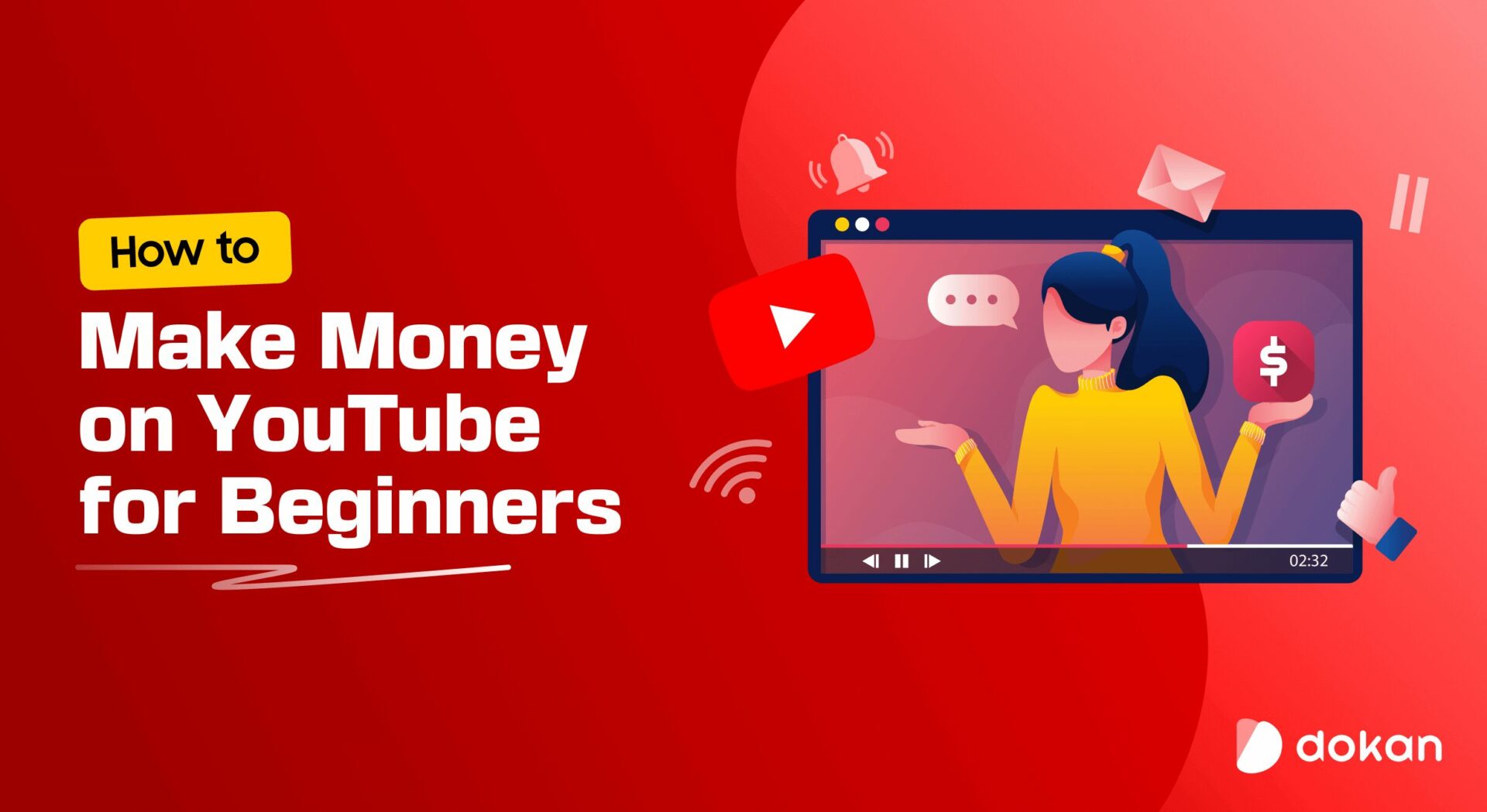
You should follow a proper guideline to make money on YouTube as a beginner. The key is to start small, learn as you go, and prioritize audience trust over quick wins.
This is the list of the steps that we would like to recommend you to follow to make money on YouTube:
- Choose a Profitable Niche
- Set up Your Channel
- Create High-quality Content Consistently
- Optimize Videos for SEO
- Promote Your Channel
- Apply for the YouTube Partner Program Once Eligible
Now let’s get into the details!
01. Choose a Profitable Niche
Your niche is the specific topic or category your channel focuses on. A well-chosen niche helps you stand out, attract loyal viewers, and align with monetization opportunities.
How to pick a niche:
- Match your passion with demand: Combine what you enjoy with what people search for (e.g., “budget travel” instead of generic “travel”).
- Research profitability: Some niches earn more (e.g., tech reviews, finance, health) due to higher ad rates or affiliate opportunities.
- Check competition: Avoid oversaturated niches (like gaming) unless you offer a unique angle (e.g., “retro gaming tutorials”).
- Test scalability: Ensure there’s enough content variety to sustain your channel long-term.
Examples of profitable niches:
- Personal finance for millennials
- Sustainable living/zero-waste tips
- DIY home renovation on a budget
- Niche hobbies (e.g., miniature painting, vintage car restoration)
A strong niche balances your expertise, audience needs, and revenue potential. Don’t overcomplicate it – start with what excites you and refine as you grow.
02. Set up Your Channel
Before you start making money on YouTube, you need to create a channel that looks professional and attracts viewers. Setting up your channel properly helps you build credibility and makes it easier to grow your audience.
Here’s what you need to do:
(i) Create a YouTube Channel
- Sign in to YouTube with your Google account.
- Click on your profile picture and select “Create a Channel.”
- Choose a name that represents your niche and brand.
(ii) Customize Your Channel
- Profile Picture & Banner: Upload a high-quality profile picture and a banner that reflects your content.
- About Section: Write a short and engaging channel description that explains what viewers can expect.
- Links & Contact Info: Add links to your social media, website, or other platforms where people can connect with you.
(iii) Set Up Branding Elements
- Create a unique channel logo and intro to make your videos more recognizable.
- Maintain a consistent theme and color scheme across thumbnails, videos, and channel art.
(iv) Adjust Channel Settings
- Enable channel keywords to help YouTube understand your content.
- Set up default video settings like descriptions, tags, and visibility preferences.
- Activate two-step verification to secure your channel.
Once your channel is set up, you’re ready to start uploading content and working towards monetization!
03. Create High-quality Content Consistently
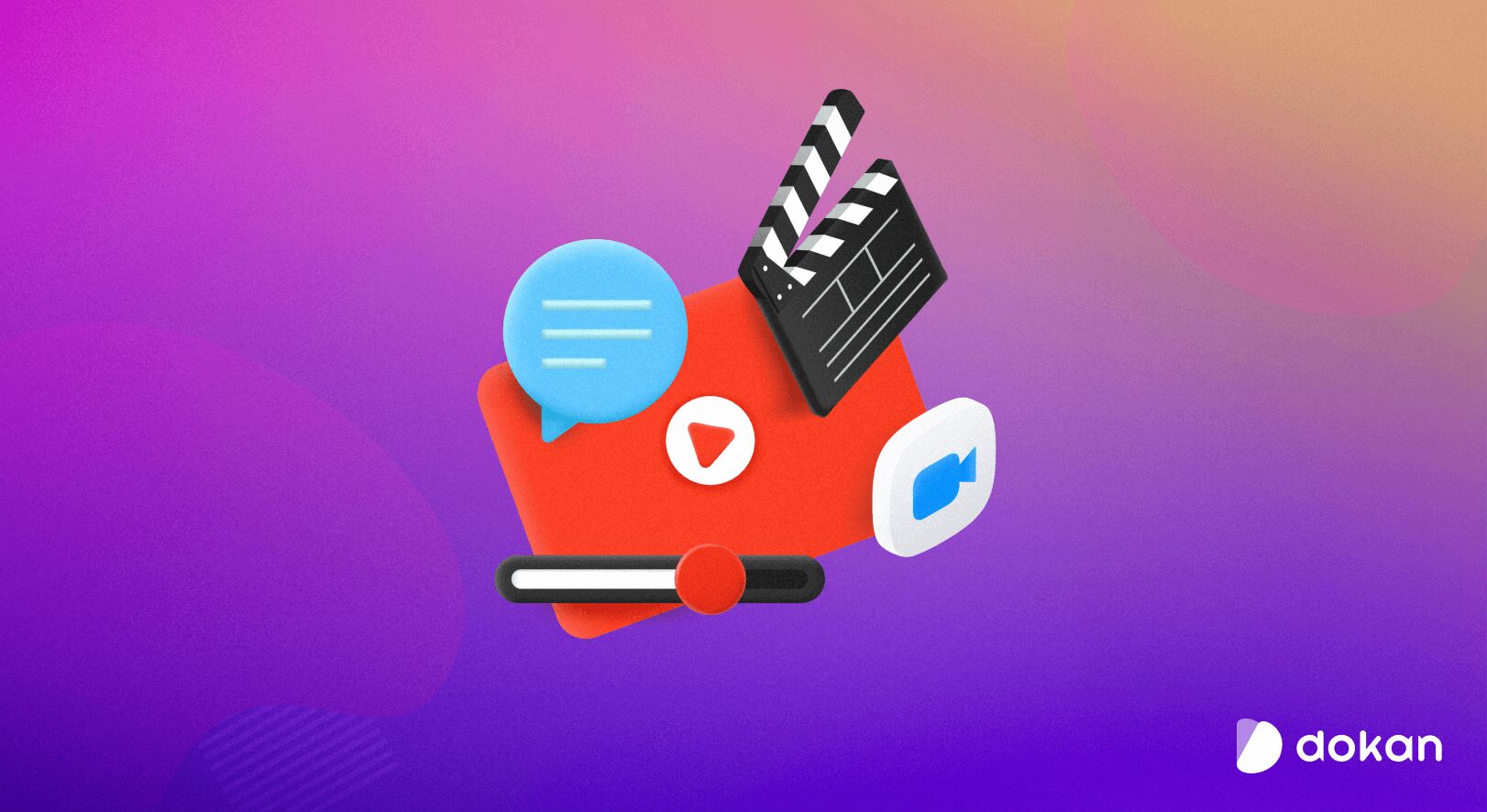
If you want to make money on YouTube, you need to focus on creating engaging and high-quality videos. No matter how good your strategy is, your content is what keeps people watching and coming back for more.
For beginners, this doesn’t mean you need expensive equipment. A smartphone with a decent camera, good lighting, and clear audio is enough to start. Shooting in natural light and using an external mic can instantly improve your video quality.
The first few seconds of your video are crucial. If you don’t grab attention right away, viewers might leave. Start with an interesting hook –
- ask a question,
- share an exciting fact, or
- jump straight into the main topic.
Avoid long, unnecessary introductions. Keep your videos well-paced, removing unnecessary pauses or filler content during editing. Free tools like CapCut or DaVinci Resolve can help you edit smoothly without much effort.
Consistency is just as important as quality. If you upload randomly, it’s harder to grow your audience. Try to follow a schedule, whether it’s once a week or twice a month, so your viewers know when to expect new content. Posting regularly also signals YouTube’s algorithm to recommend your videos more often.
04. Optimize Videos for SEO
Optimizing your videos for SEO helps you rank higher on YouTube and attract more views. Start by using relevant keywords in your video title. It should be clear, engaging, and match what people are searching for.
For example, instead of “Tips to Grow on YouTube,” use “How to Grow on YouTube Fast – 5 Easy Tips.”
Your video description should also include keywords naturally while explaining the content. Adding links to related videos or your social media can boost engagement. Use a mix of broad and specific tags to improve discoverability.
A well-designed thumbnail increases clicks. Use bold text, high contrast, and clear visuals to stand out. Also, add captions to make your content accessible and improve rankings. By following these SEO strategies, you can increase your video’s reach and grow your channel faster.
05. Promote Your Channel
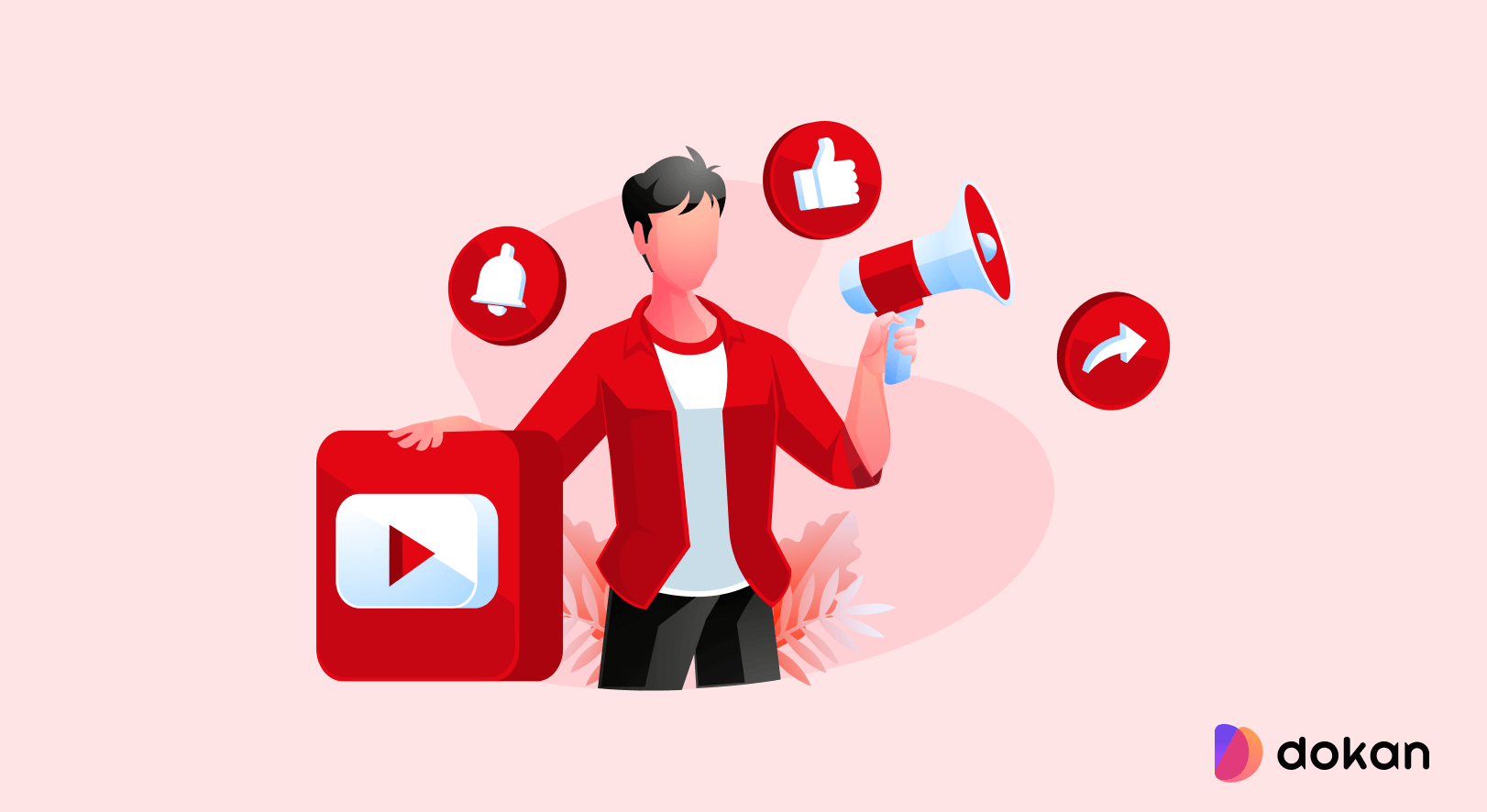
Creating great content isn’t enough – you need to actively promote your YouTube channel to reach more viewers. Start by sharing your videos on social media platforms like Facebook, Instagram, Twitter, and LinkedIn. Posting clips or highlights can grab attention and drive traffic to your channel.
Engaging in online communities is another effective strategy. Join relevant –
- Facebook groups,
- Reddit threads, or
- forums where your target audience hangs out.
Answering questions and sharing valuable content (without spamming) can help attract new viewers.
Collaborating with other YouTubers can also boost your reach. Partnering with creators in your niche exposes your content to a wider audience. Even small collaborations can make a big difference.
06. Apply for the YouTube Partner Program Once Eligible
To start making money directly from YouTube, you need to join the YouTube Partner Program (YPP). However, you must first meet the eligibility criteria:
- 1,000 subscribers
- 4,000 watch hours in the last 12 months or 10 million Shorts views in 90 days
Once eligible, go to YouTube Studio -> Monetization, review the terms, and apply. YouTube will then review your channel, which can take a few weeks. If approved, you can start earning from ads, memberships, and Super Chats.
Meanwhile, focus on growing your channel by creating engaging content and keeping your audience active. Even if you don’t qualify yet, staying consistent will help you reach monetization faster.
YouTube Monetization Requirements for a Beginner
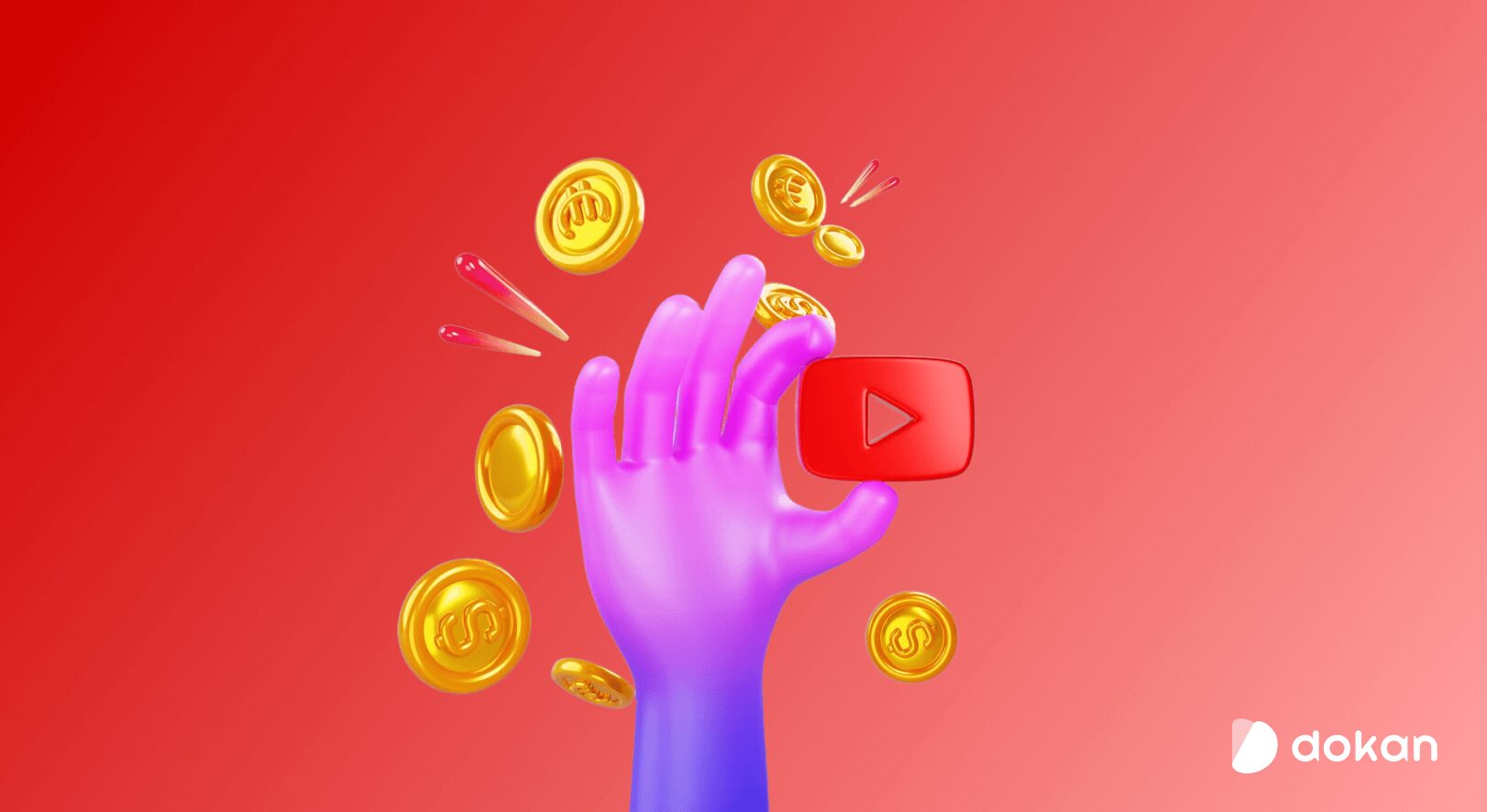
To earn money directly through YouTube (like ad revenue or channel memberships), you must meet two main thresholds:
- Number of subscribers and
- Number of public watch hours in the past year.
You’ll also need to follow YouTube’s guidelines, avoid reused content, and set up an AdSense account.
Now let us clear you about the number of subscribers and watch hours you will require to monetize YouTube videos!
I. How Many Subscribers Do You Need to Make Money on YouTube?
To qualify for YouTube’s Partner Program, you need 1,000 subscribers. This threshold ensures creators have a baseline audience before monetizing via ads or memberships. However, smaller channels can still earn through:
- Sponsorships: Brands may partner with nano-influencers (500+ subs).
- Affiliate marketing: Promote products with trackable links.
- Selling digital/physical products: eBooks, merch, or presets.
II. How Many Views Do You Need to Make Money on YouTube?
There’s no fixed view count—the focus is on watch time. For long-form videos, you need 4,000 public watch hours (about 240,000 minutes) within 12 months.
For Shorts creators, the requirement is 10 million Shorts views in 90 days.
- Views ≠ direct earnings: Ad revenue depends on watch time, ad engagement, and viewer demographics.
- Shorts views: Count toward Shorts-specific monetization, not watch hours.
Both requirements (subscribers and watch time) ensure creators build consistent, engaged audiences before accessing YouTube’s monetization tools.

Frequently Asked Questions (FAQ)
Conclusion
Making money on YouTube takes time, but with the right strategy, it’s achievable. Focus on choosing a profitable niche, creating high-quality content, and optimizing your videos for SEO.
Promote your channel consistently and apply for the YouTube Partner Program once you meet the requirements.
Don’t rely on ad revenue alone – explore multiple income streams like sponsorships, affiliate marketing, and selling products. The more effort you put into growing your channel, the faster you’ll see results.
We have a series of blog posts on making money online, check them to turn your social media into a regular income source:
- How to Make Money on Social Media – 5 Expert Hacks
- How to Make Money on Instagram for Beginners (5 Simple Steps)
You have to stay consistent and keep improving so that your YouTube can become a great source of income.
Subscribe to
Dokan blog
We send weekly newsletters, no spam for sure!
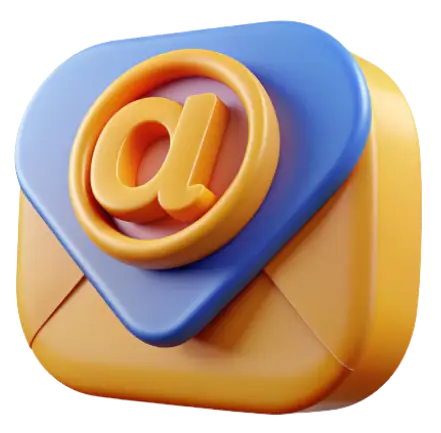
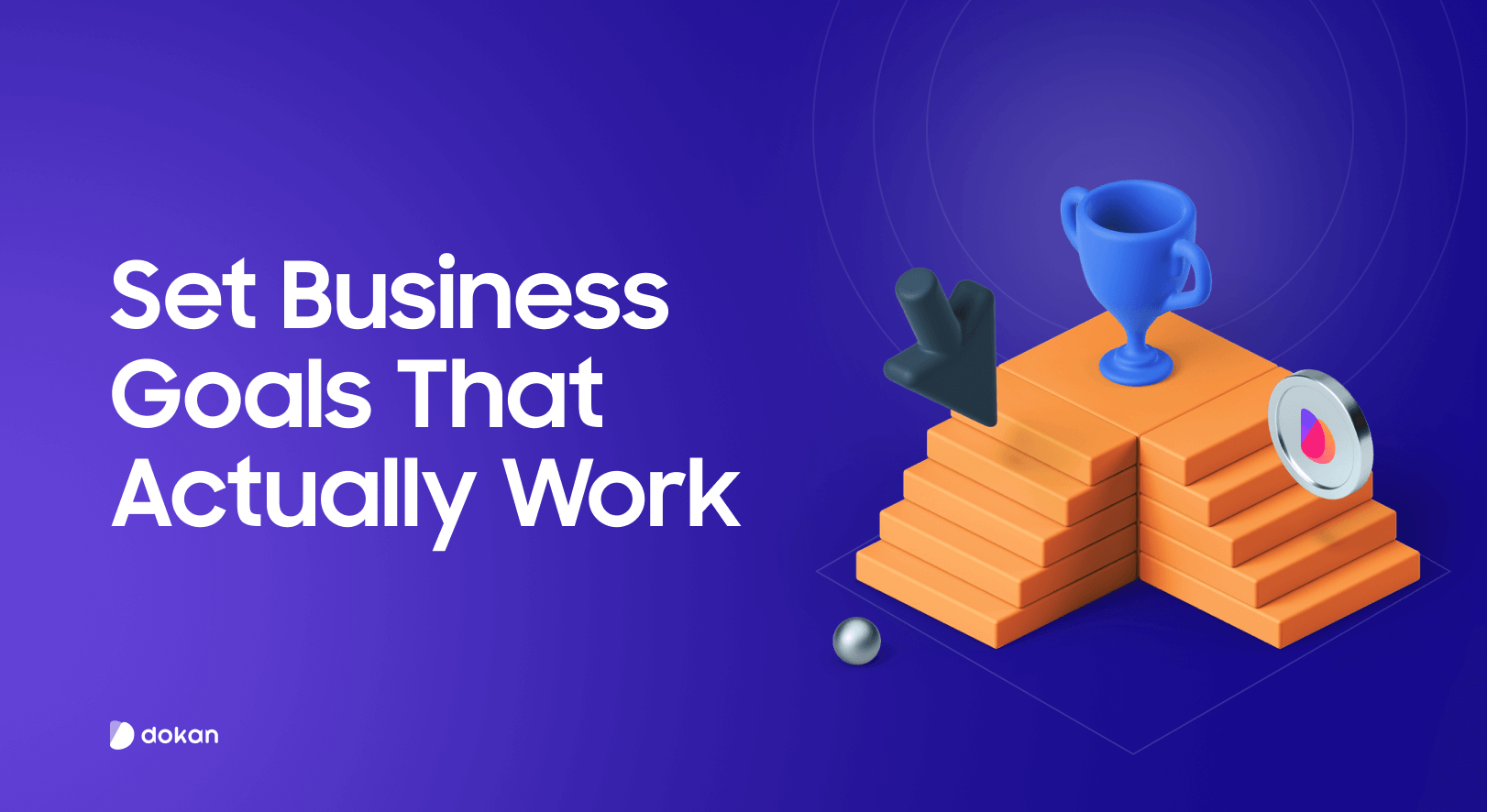
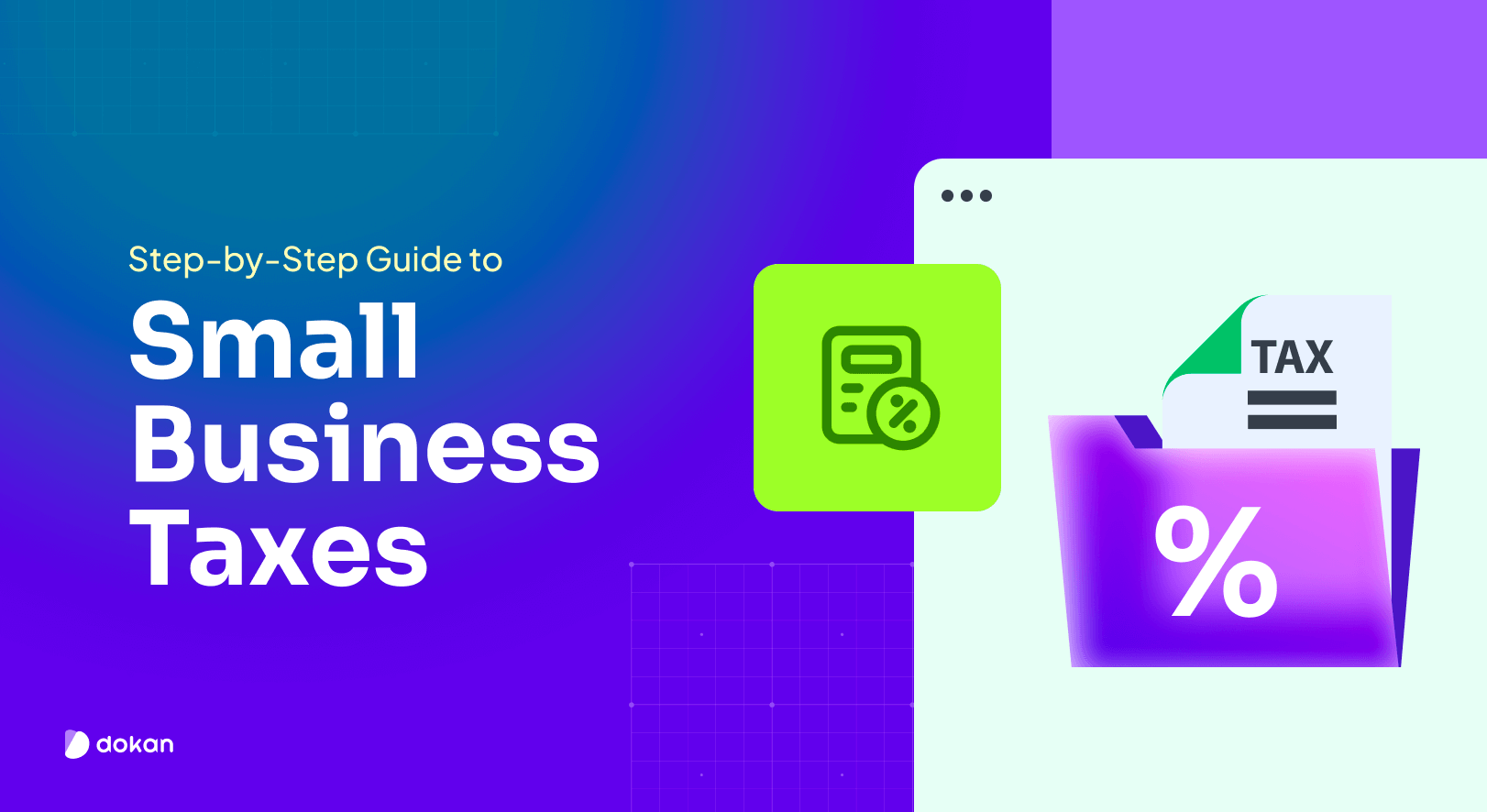
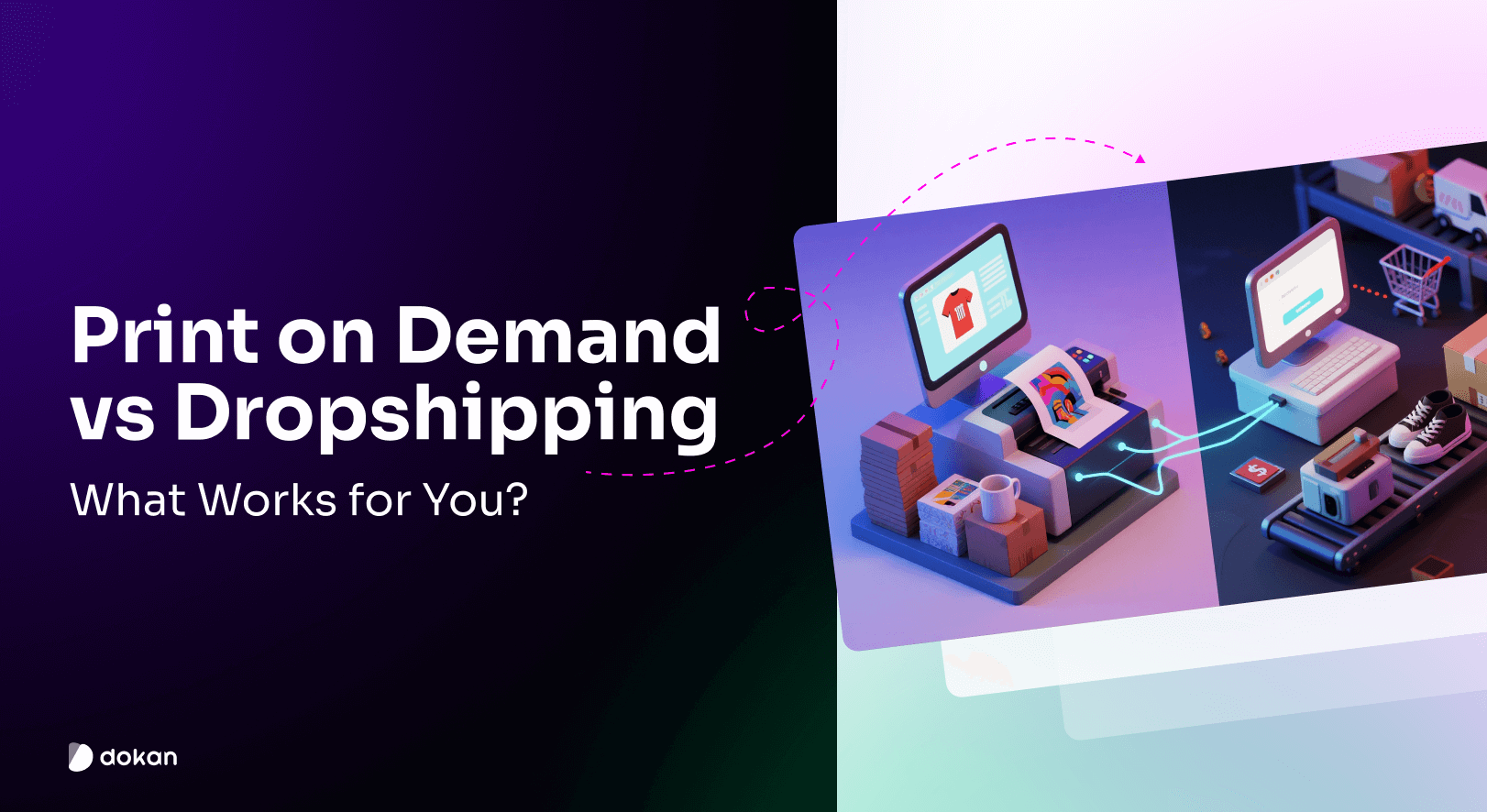


Leave a Reply